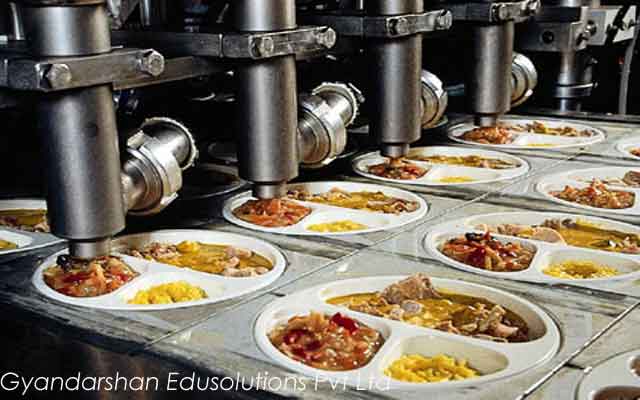
Food Processing
Food processing is a branch of food science, which owes its existence to the prehistoric times. Food processing is the set of methods and techniques used to transform raw ingredients into food for the consumption of humans and animals. Processing of food leads to preservation of food, enhances its flavor and reduces the toxins in the food product. It leads to better distributional efficiency and helps in the easy marketing of the food product. The new food processing techniques have led to the feasibility of the development of the present day supermarkets. Long voyages would not be possible, and military campaigns would be more difficult and expensive to execute without food processing. Extra nutrients can also be added while processing the food and processed food is less susceptible to spoilage. The rising consumerism in the societies of developed and developing countries has contributed to the growth of food processing with techniques such as spray drying, juice concentrates, freeze drying and the introduction of artificial sweeteners, colorants, and preservatives. In the late 20th century products such as dried instant soups, reconstituted fruits and juices, and self cooking meals were developed for the convenience of middle class wives and mothers and for the working women.
Food processing is the transformation of raw ingredients, by physical or chemical means into food, or of food into other forms. Food processing combines raw food ingredients to produce marketable food products that can be easily prepared and served by the consumer. Food processing typically involves activities such as mincing and macerating, liquefaction, emulsification, and cooking (such as boiling, broiling, frying, or grilling); pickling, pasteurization, and many other kinds of preservation; and canning or other packaging. (Primary-processing such as dicing or slicing, freezing or drying when leading to secondary products are also included.















